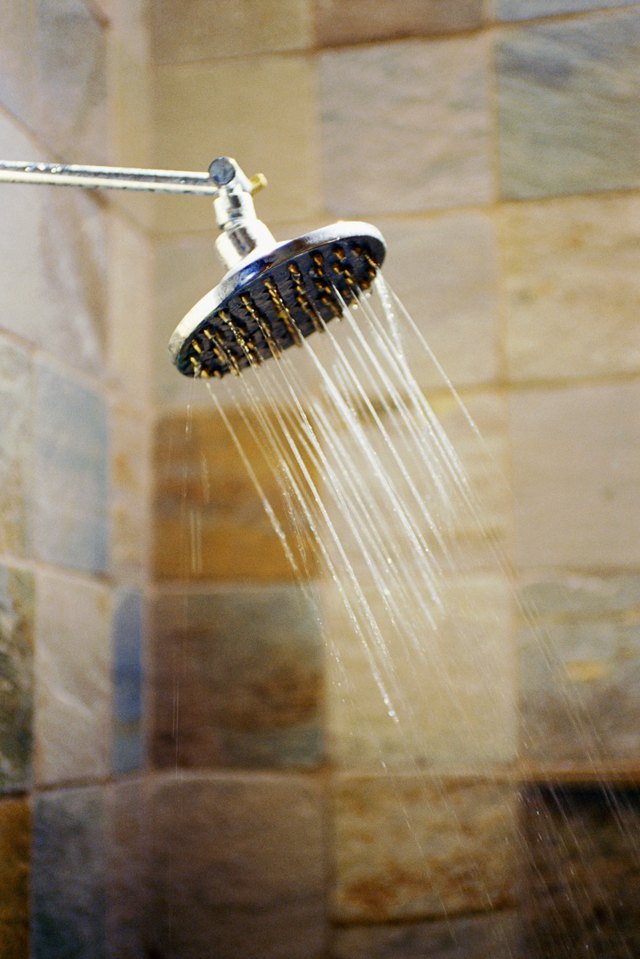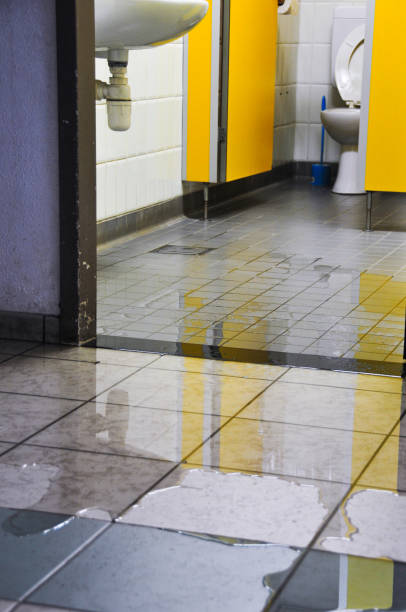Typical Causes of Water Damage in a Bathroom
Typical Causes of Water Damage in a Bathroom
Blog Article
Nearly everybody has got their unique conception about How to Repair and Prevent Bathroom Water Damage?.

Water damage usually takes place in the bathroom due to the water utilized day-to-day. Occasionally, the damage could be a little mold from the shower. Other times, it's large damage on your flooring. Whatever it is, it is constantly excellent to know the cause as well as avoid it prior to it takes place.
This guide will undergo a few of the usual sources of water damage in the washroom. We will certainly also examine what you can do to prevent these causes from damaging your shower room. Allow's dive in.
5 Usual Sources Of Water Damage in Bathrooms
These are the common reasons you would have water damage in your restrooms as well as exactly how you can identify them:
Ruptured or Dripping Pipelines
There are several pipelines lugging water to various parts of your washroom. Some pipelines take water to the toilet, the sink, the taps, the shower, and many other places. They crisscross the small area of the bathroom.
From time to time, these pipes could get rusty and ruptured. Various other times, human activity can create them to leakage. When this occurs, you'll find water in the corners of your bathroom or on the wall surface.
To detect this, watch out for bubbling walls, molds, or mold. Call a specialist emergency plumbing to fix this when it takes place.
Splits in your wall surface tilesv
Bathroom wall surface ceramic tiles have been specially made for that function. They safeguard the wall from dampness from individuals taking showers. However, they are not indestructible.
Often, your restroom wall floor tiles fracture and permit some wetness to seep right into the wall surface. This could possibly ruin the wall surface if you don't take any activity. If you observe a crack on your wall surface ceramic tiles, fix it immediately. Do not wait up until it destroys your wall surface.
Overruning toilets and sinks
As human beings, in some cases we make mistakes that can trigger some water damage in the bathroom. As an example, leaving your sink tap on could create overflowing and also damages to other parts of the washroom with wetness.
Also, a damaged bathroom can trigger overflowing. As an example, a busted bathroom handle or various other parts of the cistern. When this takes place, it could harm the floor.
As quickly as you observe an overflowing sink or bathroom, call a plumber to assist deal with it quickly.
Roofing system Leakages
In some cases, the trouble of water damage to the restroom could not come from the washroom. For instance, a roof covering leak can cause damages to the bathroom ceiling. You can identify the damage done by checking out the water discolorations on the ceiling.
If you find water discolorations on your ceiling, check the roofing to see if it's harmed. Then, call a specialist to help resolve the concern.
Excess Moisture
It's great to have that lengthy shower as well as dash water while you dance around as well as act like you're doing, yet sometimes these acts could trigger water damage to your shower room.
Splashing water around can trigger water to visit edges and also create molds. Watch how you spread excess wetness around, as well as when you do it, clean it up to stop damages.
Verdict
Water damage to your bathroom can be irritating. However, you can manage it if you prevent some of the causes pointed out in this overview. Call a specialist emergency situation plumber if you discover any type of serious damages.
How to Prevent Water Damage in Your Bathroom?
Water damage repair is an expensive, meticulous, and lengthy process. Unfortunately, bathrooms are the most susceptible rooms to water damage due to toilets, showers, and sinks. Pipes and fixtures wear out over time and are not immune to damage. But all is not lost, as there are ways to prevent water damage from occurring in your bathroom.
Check Your Plumbing
Nothing lasts forever, especially pipes, which can rust and begin leaking over time. You should periodically conduct pipe inspections and pay attention for any musty smells or water stains that may indicate you need water damage repair. Here are some things to check:
Frequently test valves for your toilet, shower, and sink to ensure they are properly working.
Check faucet supply lines hidden under vanities and replace when needed.
Replace cracked or deteriorating caulking along sinks, tubs, and showers.
If you notice a clog in your sink, call in a professional.
Since you can’t check the pipes in the wall, keep an eye out for stains, drywall bubbling, musty smells, and excess moisture; if the bathroom is on a second level, check the ceiling of the room directly below for these signs.
Don’t Overwork Your Toilet
One of the most common reasons bathrooms need water damage repair is due to overflowing toilets. Save yourself the hassle of cleanup by being mindful and not pushing your toilet to extreme limits. If you have young children, it is especially important to keep an eye on them when they are in the bathroom and to teach them how to avoid clogging the toilet. Here are some more tips to help prevent your toilet from overflowing:
If you have a septic tank, only use septic-safe toilet paper
Do not flush anything down the toilet besides toilet paper; items like diapers and sanitary napkins will clog the piping
Pay attention to your toilet’s water level: If it’s low, it could mean it is partially clogged or that there is a crack in the toilet bowl
https://www.alure.com/home-improvements-blog/resources/how-to-prevent-water-damage-in-your-bathroom

How to Prevent Water Damage in Your Bathroom?
Water damage repair is an expensive, meticulous, and lengthy process. Unfortunately, bathrooms are the most susceptible rooms to water damage due to toilets, showers, and sinks. Pipes and fixtures wear out over time and are not immune to damage. But all is not lost, as there are ways to prevent water damage from occurring in your bathroom.
Check Your Plumbing
Nothing lasts forever, especially pipes, which can rust and begin leaking over time. You should periodically conduct pipe inspections and pay attention for any musty smells or water stains that may indicate you need water damage repair. Here are some things to check:
Don’t Overwork Your Toilet
One of the most common reasons bathrooms need water damage repair is due to overflowing toilets. Save yourself the hassle of cleanup by being mindful and not pushing your toilet to extreme limits. If you have young children, it is especially important to keep an eye on them when they are in the bathroom and to teach them how to avoid clogging the toilet. Here are some more tips to help prevent your toilet from overflowing:
https://www.alure.com/home-improvements-blog/resources/how-to-prevent-water-damage-in-your-bathroom
I have been very fascinated by How to Repair and Prevent Bathroom Water Damage? and I hope you liked my blog posting. Sharing is nice. Helping people is fun. I cherish reading our article about How to Repair and Prevent Bathroom Water Damage?.
Apply Now Report this page